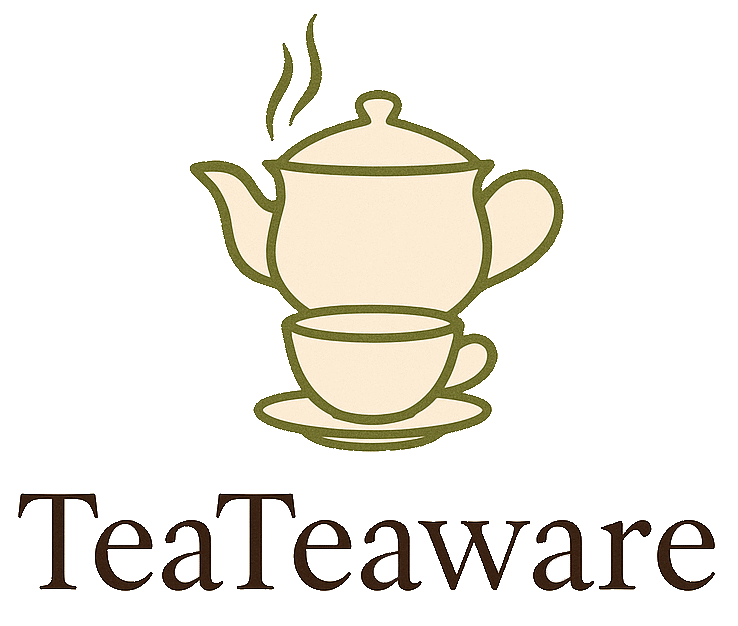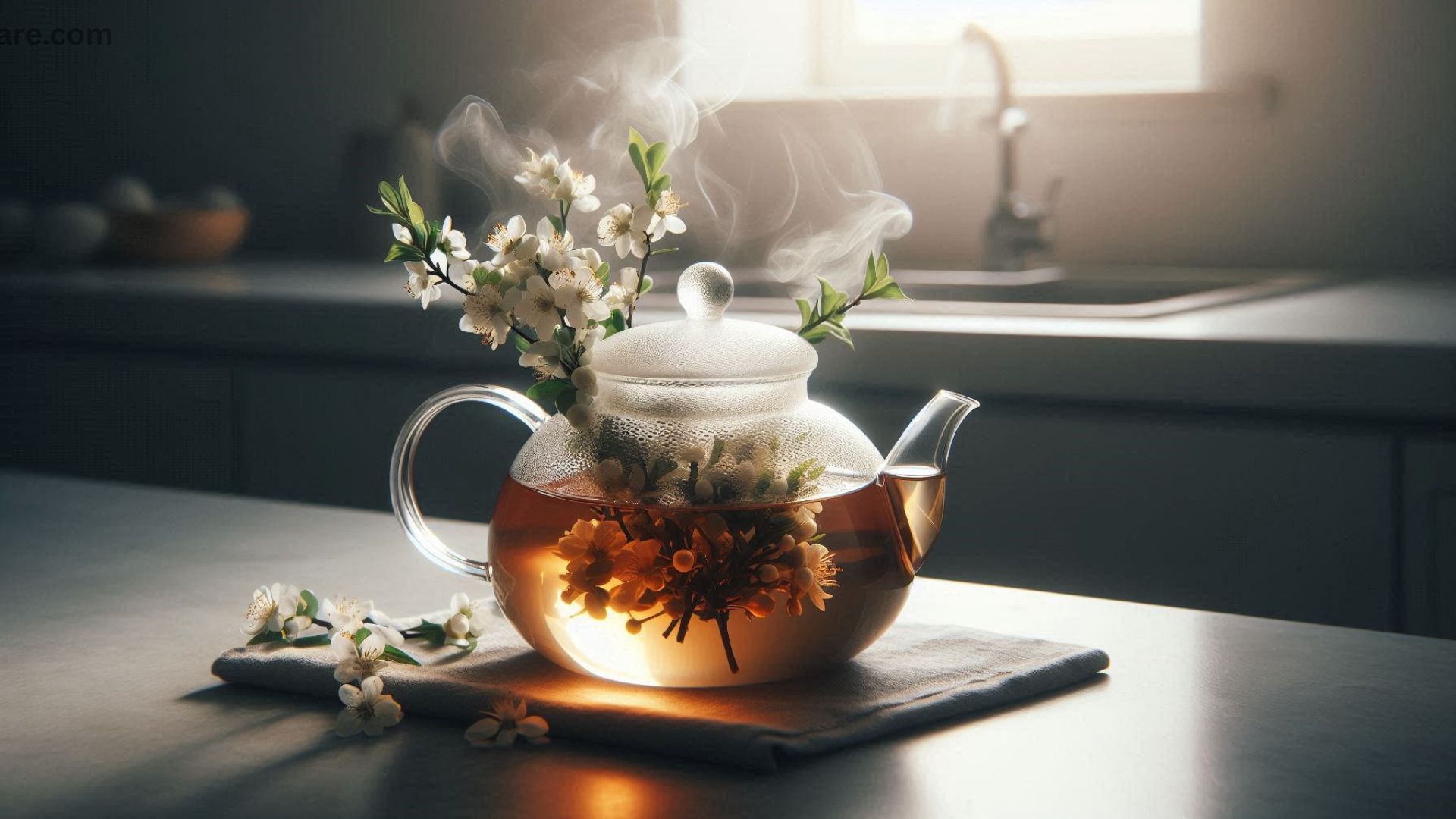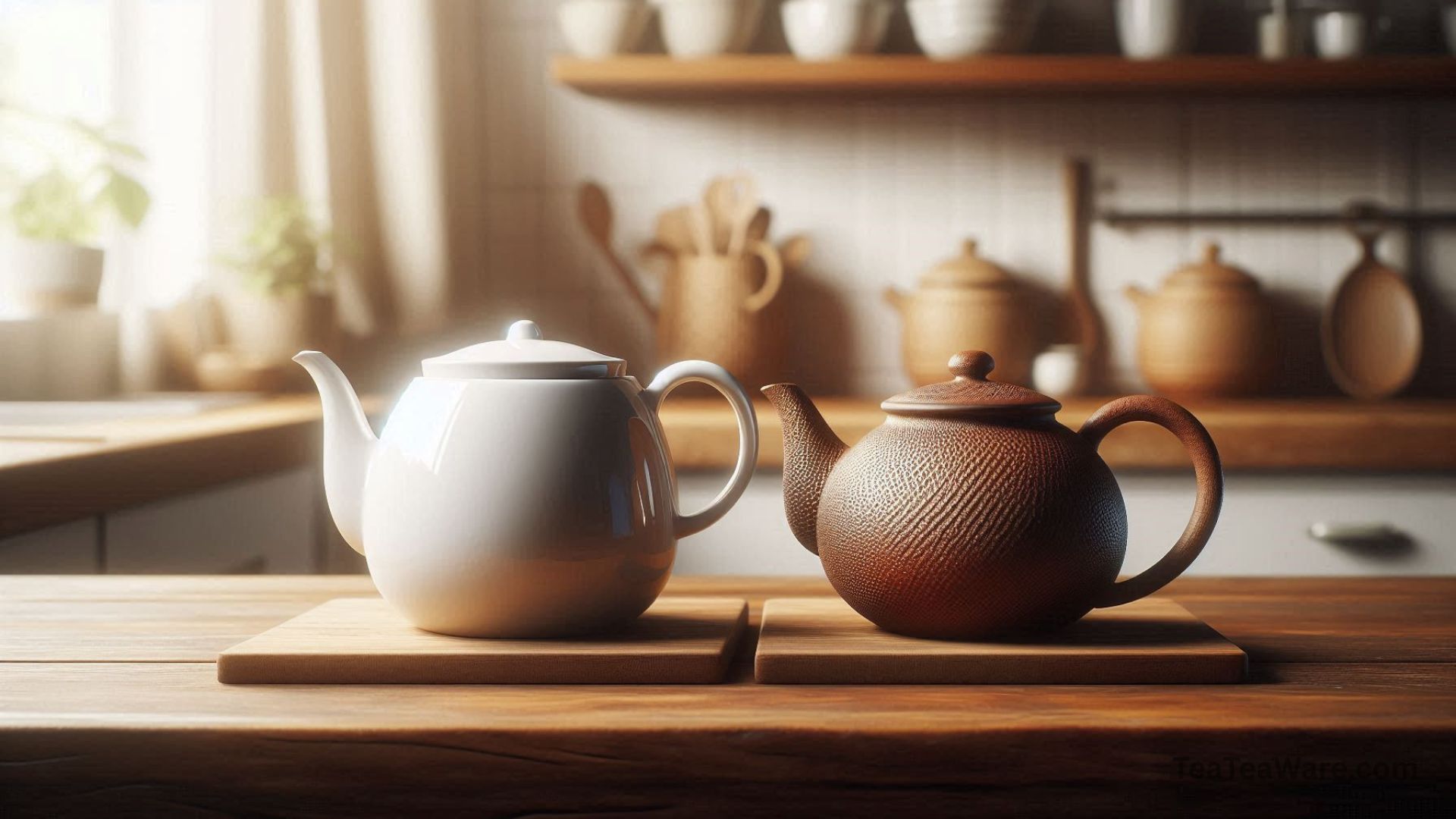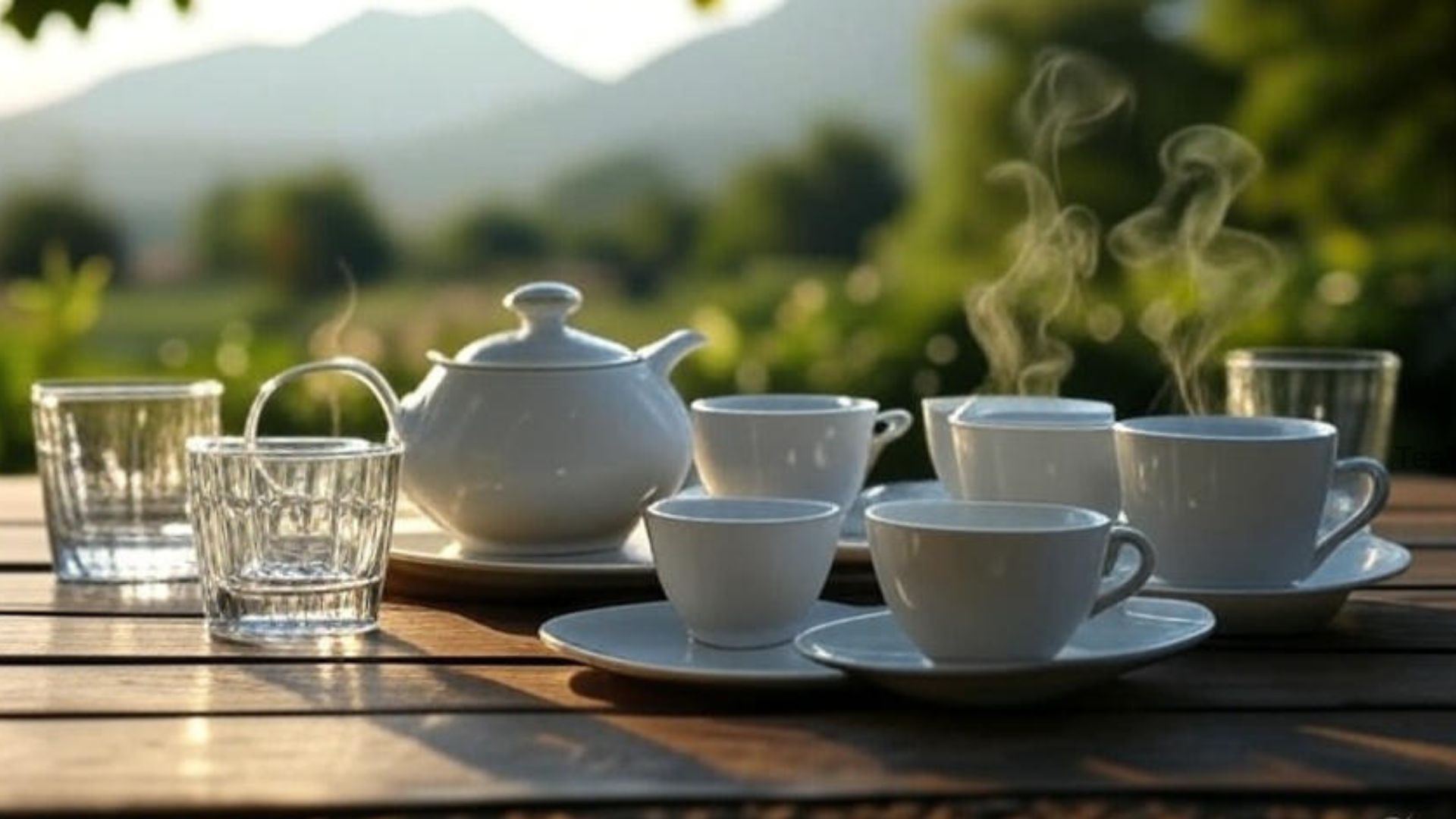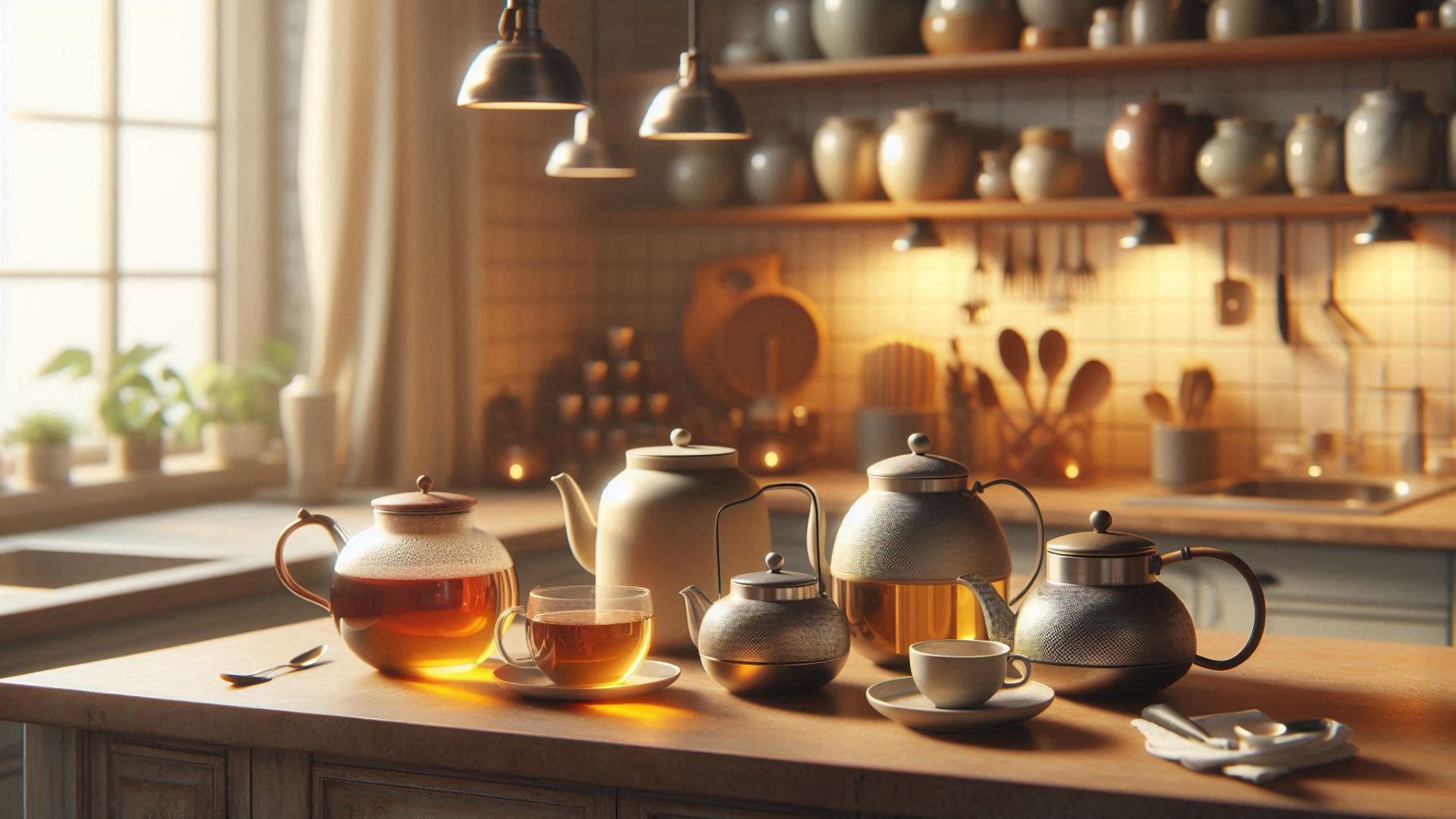Brewing loose leaf tea can be a delightful ritual—aromatic, flavorful, and calming. But to truly enjoy your tea, the teapot you choose matters. A high-quality glass teapot doesn’t just look elegant; it can significantly enhance the taste and aroma of your tea. If you’re wondering what to look for when buying a glass teapot, you’ve come to the right place. This guide walks you through materials, sizes, shapes, cleaning tips, and expert recommendations.
Why the Right Teapot Matters
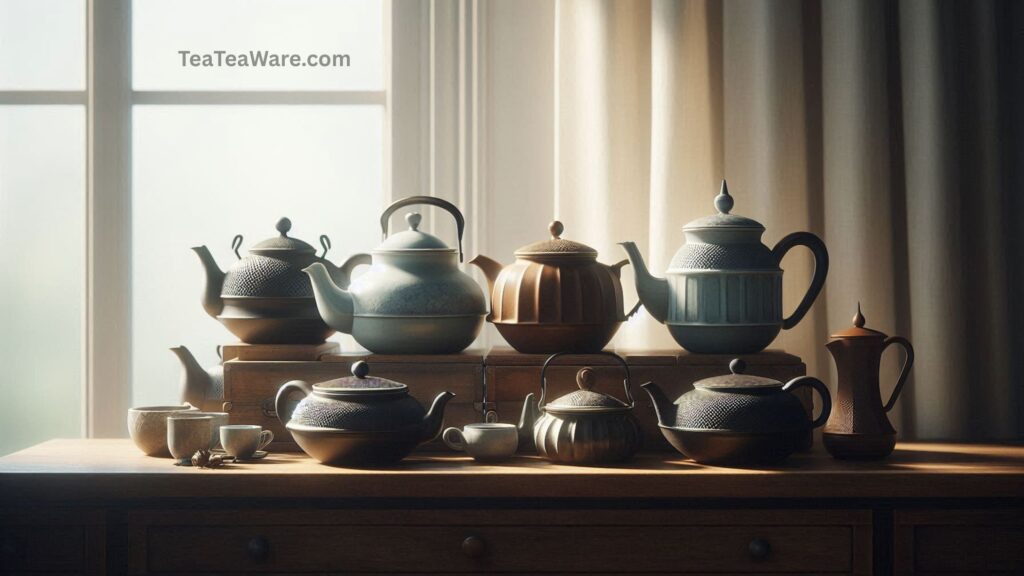
Loose leaf tea is sensitive. The leaves need proper heat, space, and time to release their full flavor. Using the wrong teapot can result in weak or bitter tea, uneven infusions, or a frustrating brewing experience. Choosing a glass teapot is particularly popular because it allows you to watch the leaves unfurl, making your tea ritual both beautiful and mindful.
Best Materials for a Teapot
Go for: Glass or Porcelain
Glass and porcelain are favorites among tea enthusiasts for good reasons:
- Neutral Flavor: They don’t alter the taste of your tea.
- Heat Retention: Porcelain holds heat slightly longer, ideal for black or dark oolong teas. Glass heats quickly, perfect for green, white, or blooming teas.
- Aesthetics: Transparent glass showcases the tea leaves and colors, enhancing the sensory experience.
Avoid: Metal Teapots
Metal is a strong heat conductor, which can draw heat away from the water and leave your tea tasting weak or flat. While some metals like stainless steel are durable, they’re less ideal for delicate flavors.
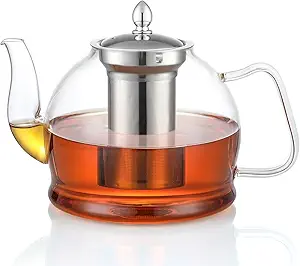
HIWARE 1500ml Glass Teapot
A bestseller that checks all the boxes — made with borosilicate glass, stovetop safe, and includes a fine stainless steel infuser for loose-leaf teas.
Also Read: How to Brew Tea for Two Using a Teapot?
Japanese Tetsubin: Cast Iron Teapots
You might notice Japanese Tetsubin teapots, often made from cast iron. Traditionally, these were used to boil water over charcoal, not brew tea. Modern versions usually have an enamel coating inside, which means they’re not suitable for direct heating. Boiling water in uncoated cast iron can change its mineral content, slightly affecting the taste. Always check before heating directly.

Does Shape Matter?
Absolutely! The shape of your teapot affects how tea leaves expand and steep.
Choose:
- Roomy Teapots: Large enough for leaves to move freely.
- Wide Openings: Easier to pour, clean, and observe the brewing process.
Avoid:
- Tiny Ball Infusers: Cramped leaves release less flavor.
- Narrow Spouts or Complicated Lids: Difficult to clean and prone to spills.
Loose leaf tea, especially larger varieties like Ali Shan or Longjing, requires space to fully expand. A spacious body allows water to circulate, ensuring even flavor extraction.
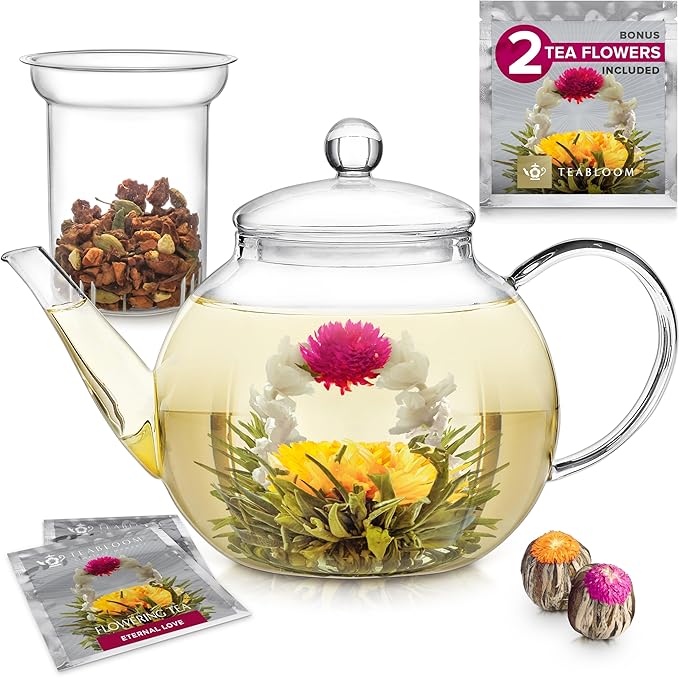
Teabloom Stovetop & Microwave Safe
A premium teapot that’s perfect for showcasing blooming teas. Made with thick, lab-grade glass and includes a free blooming tea sample.
Also Read: The Best Teapots for Caffeine-Free Tea Lovers
Picking the Right Size
The size of your teapot should match how many cups you usually brew:
| Cups | Teapot Size | Tip |
|---|---|---|
| 1–2 cups | 300–500ml | Perfect for solo tea sessions |
| 2–4 cups | 500–800ml | Ideal for sharing or afternoon tea |
| 4+ cups | 1L+ | Great for gatherings or family use |
Pouring out the entire infusion ensures your leaves don’t sit and oversteep. You can also reuse leaves for a second or third steep, which works wonderfully with high-quality oolongs and green teas.
Recommended Glass Teapots
1. HIWARE 1500ml Glass Teapot
- Made with borosilicate glass, which resists thermal shock.
- Stovetop safe for versatile use.
- Includes a fine stainless steel infuser for loose-leaf tea.
- Perfect for serving multiple cups or hosting tea gatherings.
2. Teabloom Stovetop & Microwave Safe
- Made with thick, lab-grade glass, designed for blooming teas.
- Easy to use and clean, with a wide opening.
- Comes with a sample blooming tea, ideal for first-time buyers.
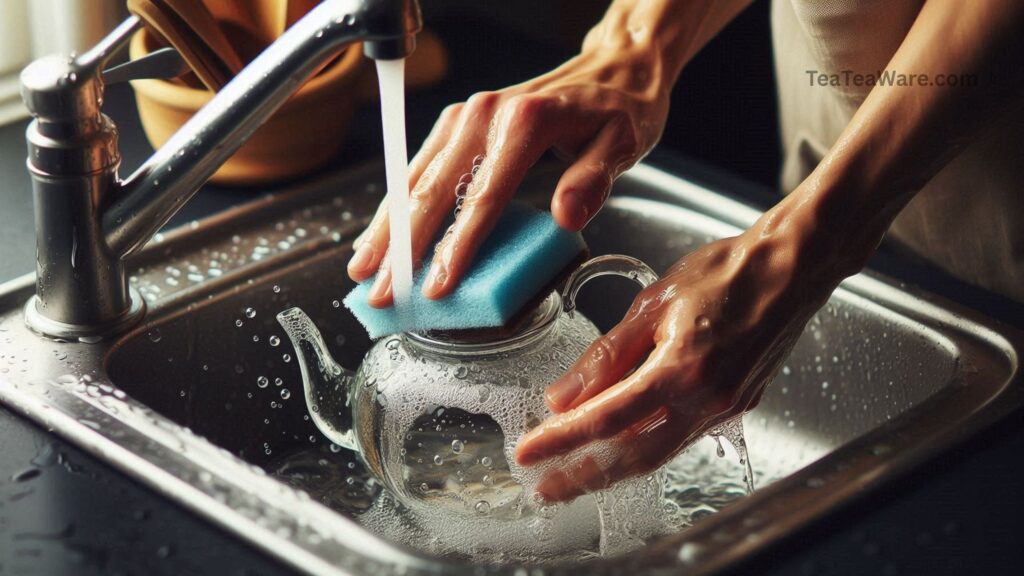
Cleaning Made Easy
Nobody wants a teapot that’s a chore to clean. Look for:
- Wide openings for easy rinsing.
- Simple spouts to prevent clogs.
- Dishwasher safe parts, if possible.
Avoid teapots with tiny, fiddly parts or narrow spouts. Built-in filters in the lid or removable infusers simplify cleaning while preserving tea quality.
Extra Tips for Tea Lovers
Experiment with Steeping Times: Start with 2–3 minutes and adjust according to your preference.
Watch the Water Temperature: Different teas need different temperatures (green: 70–80°C, black: 90–100°C). Glass teapots make it easier to gauge visually.
Pre-warm Your Teapot: Pour hot water in before brewing to maintain temperature stability.
Mind the Leaf-to-Water Ratio: Typically 1 tsp of leaves per 150ml of water. Adjust depending on taste.
Final Thoughts
Choosing the right glass teapot is about balancing function, aesthetics, and convenience. A good teapot:
- Enhances flavor
- Makes brewing enjoyable
- Is easy to clean and maintain
- Fits your serving needs
Whether you’re a casual tea drinker or a dedicated connoisseur, investing in a high-quality glass teapot elevates your tea experience. Remember, tea is as much about ritual and relaxation as it is about taste. So pick a teapot that brings joy to every cup!
Happy sipping!
Frequently Asked Questions (FAQs)
Q1: Can I put a glass teapot directly on the stove?
A1: Only if it’s made of borosilicate glass and labeled stovetop safe. Avoid sudden temperature changes to prevent cracking.
Q2: How do I prevent cloudy tea?
A2: Use filtered water and avoid over-steeping. Clean your teapot regularly to prevent residue buildup.
Q3: Are blooming teas safe in glass teapots?
A3: Yes! In fact, glass teapots are perfect for blooming teas because they allow you to watch the leaves open fully.
Q4: Can I reuse tea leaves?
A4: Absolutely. Many teas, especially high-quality oolongs and greens, can be steeped 2–3 times.
Q5: How do I remove stains from glass teapots?
A5: Use a mixture of baking soda and warm water, gently scrubbing with a soft brush.
